Mescaline
$170.00 – $2,500.00Price range: $170.00 through $2,500.00
Buy Mescaline Powder Online USA:
Are you interested in learning more about mescaline? This naturally occurring hallucinogen, which is mainly generated from cacti like Peyote and San Pedro, has been used for generations. You have come to the right place if you are in Canada and want to learn more about this intriguing drug. As more people look for deep experiences and spiritual insights, purchasing mescaline powder online is gaining popularity. Regardless of your experience level or where you are on your trip, you can find what you need here: buy quality mescaline products.
Mescaline For Sale Online at Ayahuasca Tea Shop:
A great place to get mescaline online is the Ayahuasca Tea Shop. This store sells a wide range of psychedelic goods, such as mescaline powder made from premium cacti.
The proprietors of this store value authenticity and purity. They want to give clients authentic experiences because they recognize the cultural value of these traditional compounds.
Buy Mescaline, Mescaline For Sale, Buy Mescaline Online, Mescaline Powder, Buy Mescaline Online Canada, Buy Mescaline Powder Online, Buy Mescaline Powder Online USA,
Shopping at the Ayahuasca Tea Shop is easy and secure. Their website features detailed descriptions for each product, helping you make informed choices. Plus, they have excellent customer service and are ready to answer any questions.
Exploring mescaline through this trusted platform can lead to new insights and personal growth. Whether you are preparing for a journey or simply curious about its effects, you will find what you need here without hassle.
Cactus San Pedro For Sale Online:
Cactus San Pedro is a fascinating plant with rich cultural significance and powerful psychoactive properties. Indigenous tribes in South America have used it for centuries for spiritual healing and exploration.
When you buy Cactus San Pedro online, you are opening the door to a unique experience. The vibrant green flesh of this cactus contains mescaline, which can lead to profound insights and self-discovery during your journey. Cactus San Pedro For Sale, Peyote Cactus For Sale, Peyote Cactus Buy, Purchase Peyote, Buy Peyote Online
Purchasing it online offers convenience without compromising quality. Many reputable sellers provide detailed product information, ensuring you receive fresh and potent cacti.
Exploring different strains can also enhance your experience. Some suppliers offer dried slices or powdered forms, allowing you to choose what best suits your needs. Whether seeking personal growth or curiosity, Cactus San Pedro could be a transformative addition to your wellness toolkit.
Peyote Cactus For Sale Online:
Peyote cactus, a small, spineless cactus native to the southwestern United States and Mexico, has captivated many with its unique properties and rich cultural history. It contains mescaline, a powerful psychedelic compound that offers deep introspection.
For seasoned users and those interested in learning more about the effects of peyote, purchasing it online opens up new possibilities. Numerous reliable sources specializing in these cacti are available, guaranteeing their authenticity and quality.
Research is essential when making a purchase. Seek vendors who value ethical sourcing methods. It is crucial to comprehend local rules regarding the use of peyote because they differ greatly from one area to another.
Participating in online forums can reveal details about people’s peyote experiences. These discussions frequently enhance the personal exploration of this remarkable plant.
| QUANTITY | 2 Grams, 5 Grams, 10 Grams, 50 Grams |
|---|
Be the first to review “Mescaline” Cancel reply
Related products
Uncategorized
Uncategorized
Uncategorized
Uncategorized
Uncategorized
Uncategorized
Uncategorized
Uncategorized
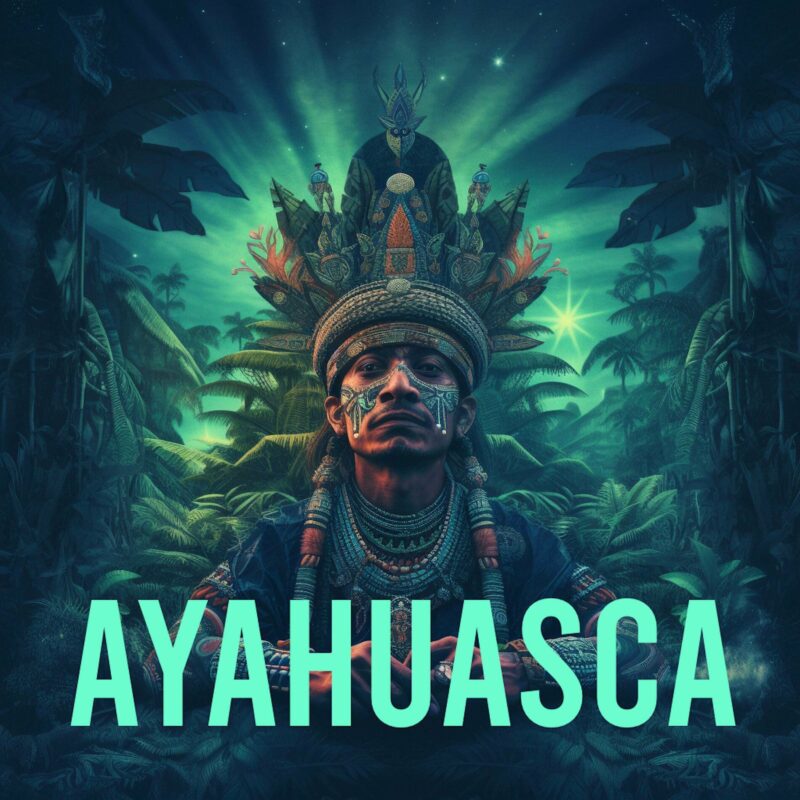
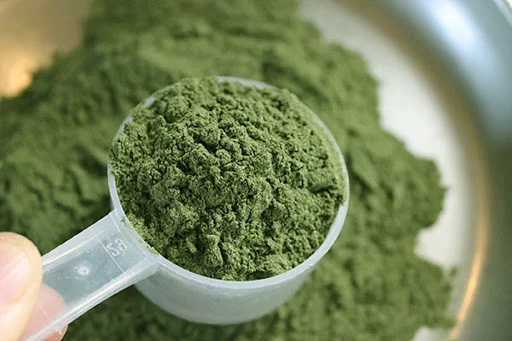

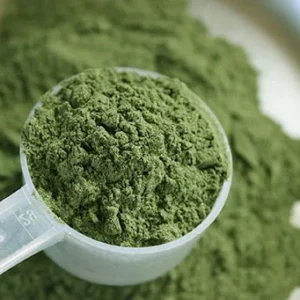

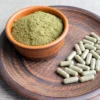
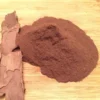
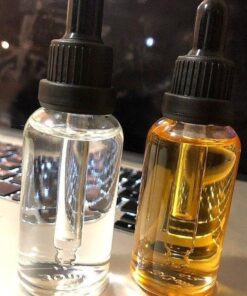
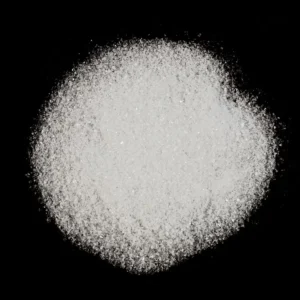

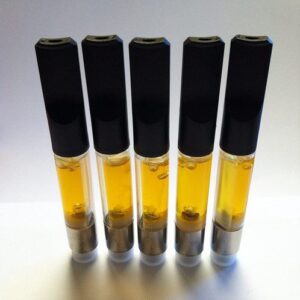
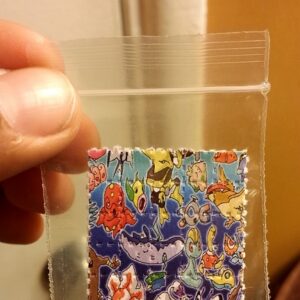
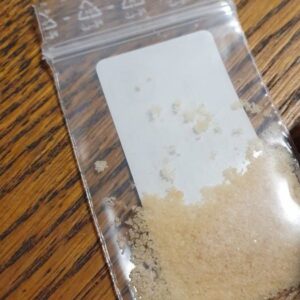
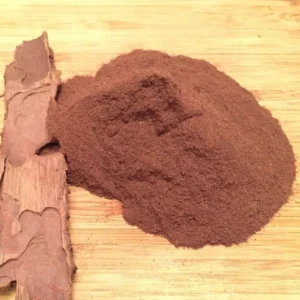
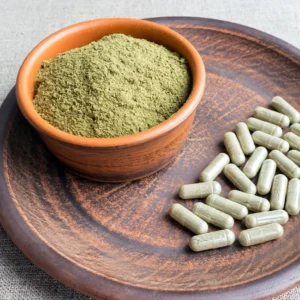
Reviews
There are no reviews yet.